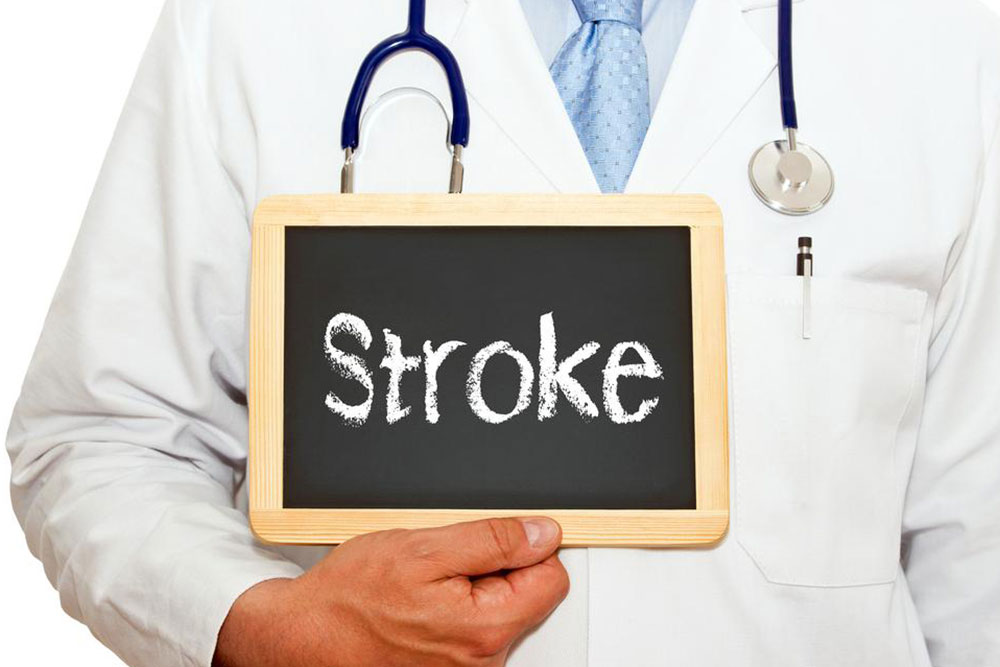Identifying Early Signs of a Mini-Stroke (Transient Ischemic Attack)
This article explains the warning signs of a mini-stroke, emphasizing the importance of early detection. It provides information on symptoms, diagnosis, treatment options, and risk management strategies to prevent full strokes. Recognizing the signs can save lives and improve recovery outcomes.

A transient ischemic attack (TIA), also known as a mini-stroke, occurs when blood flow to the brain is temporarily interrupted. Unlike a major stroke, TIAs often resolve within 24 hours without lasting brain damage, but they serve as critical warning signs. Recognizing symptoms such as sudden vision problems, speech difficulties, dizziness, facial numbness, confusion, and weakness on one side is vital. Immediate medical intervention can prevent full strokes. Tests like MRI or CT scans help diagnose and tailor treatment, which may include medications or procedures to improve blood flow. Managing risk factors like high blood pressure, cholesterol, smoking, obesity, diabetes, and irregular heartbeat can greatly reduce future stroke risk. Early diagnosis and prompt treatment are essential in avoiding severe health consequences.


